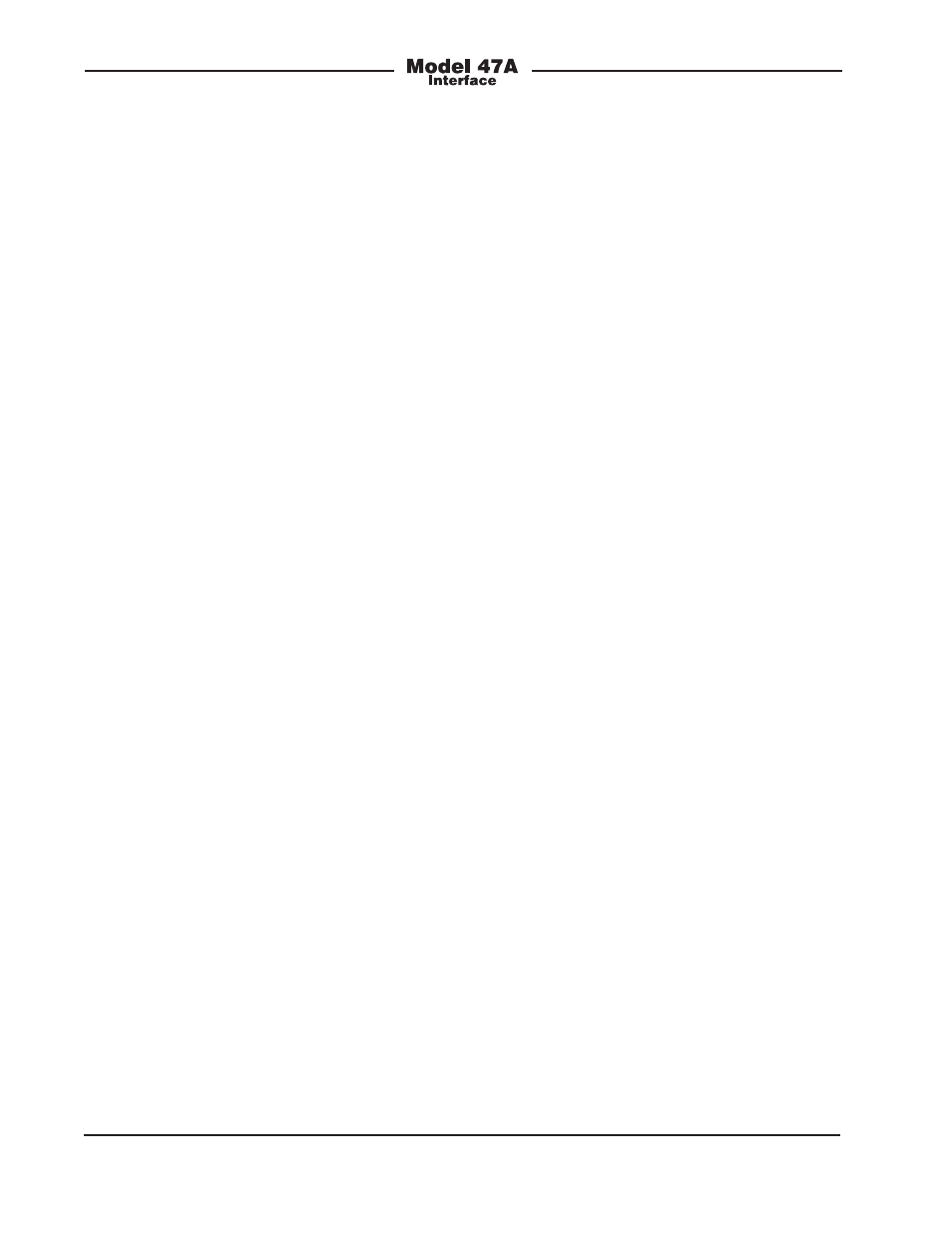Analog hybrids with auto nulling – Studio Technologies 47A User Manual
Page 6

Issue 1, September 2014
Model 47A User Guide
Page 6
Studio Technologies, Inc.
supplies such as the RTS PS20. This DC
power, normally 30-32 volts, provides en-
ergy for connected devices such as user
stations or beltpacks. In this type of ap-
plication the Model 47A is configured to
operate in its external 2-wire power source
mode. In this mode the Model 47A’s circuit-
ry maintains the required high-impedance
load and, as in all cases, draws no power
from the party-line circuit. An auto-terminate
function ensures that should a “wet” circuit
not be connected, the Model 47A’s inter-
face circuitry will remain stable. This unique
feature makes certain that objectionable
audio signals, including oscillations and
“squeals,” will infrequently be sent to the
connected 4-wire device.
A significant capability of the Model 47A’s
2-wire interfaces is their ability to supply DC
power and 200 ohm AC termination to both
channels (pins 2 and 3) of the connected
intercom circuits. Referred to as the Model
47A’s internal 2-wire power source mode,
the 30 volt outputs can power devices such
as user stations and beltpacks. With inde-
pendent power sources provided for both
pins 2 and 3 of each interface, applications
that include flexible party-line intercom
channel routing will be directly supported.
As such, in applications that include both
source assignment panel (SAP) and Model
47A units the need for external intercom
power supplies can be eliminated. Besides
reducing total system cost, this capabil-
ity may also lower system weight, reduce
required mounting space, and decrease the
mains energy requirements.
With the Model 47A’s 2-wire interfaces able
to supply up to 315 milliamperes (mA) of
current on each channel, a typical broad-
cast application that uses four sets of three
BP325 beltpacks can easily be supported.
And the sophisticated 30 volt DC intercom
power sources ensure that applications
that require long intercom cable runs will
function correctly. The circuitry’s output
regulation is such that little change in the
output voltage will occur over its entire
rated output current. Also, the unique de-
sign of the power supply circuitry virtually
eliminates the noise and “hiss” associated
with typical intercom power supply perfor-
mance. Under software control each of the
four DC power sources is monitored for
over-current and short-circuit conditions.
This allows protective shut-down of indi-
vidual DC outputs, as well as providing an
alert by way of a visual indicator.
Analog Hybrids with Auto
Nulling
A key reason that the Model 47A’s inter-
faces achieve excellent audio performance
is the design of the 2-wire-to-4-wire hybrid
circuits. They provide low noise and dis-
tortion, good frequency response, and
high return-loss (“nulling”), even when
presented with a wide range of 2-wire
conditions. Unlike telephone-line (“POTS”)
oriented DSP-based hybrid circuits, the
Model 47A’s analog circuitry provides ex-
tended frequency response. With a pass
band of 100 Hz on the low end and 8 kHz
on the high end, natural-sounding voice
signals can be sent to, and received from,
the 2-wire party-line circuits.
A hybrid’s ability to isolate the transmit
signal from the receive signal in the 2-wire-
to-4-wire interface is critical. The quality
of this isolation, technically known as re-
turn-loss or trans-hybrid loss, is measured
in dB. A high value is important, especially
in applications where multiple 2-wire-to-
4-wire interfaces are used together.
